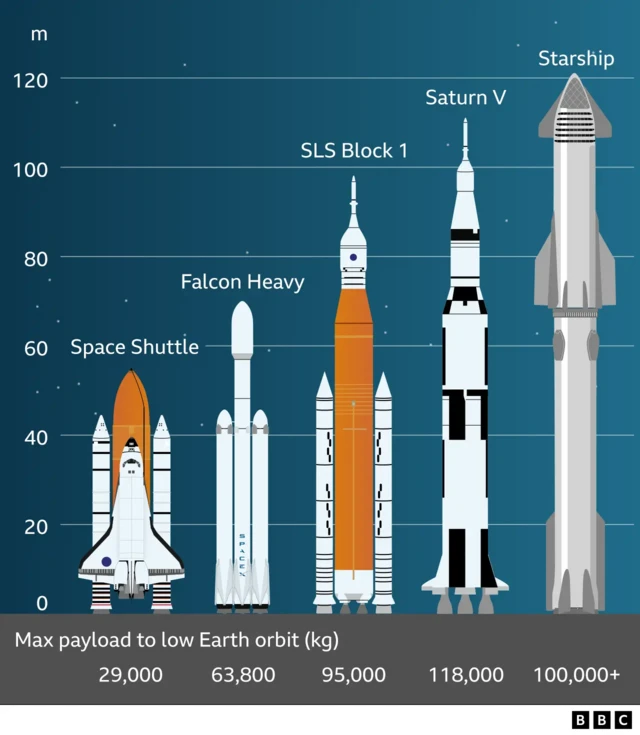And that's all from the SpaceX rocket launchpublished at 11:44 GMT 15 March 2024
We're closing our coverage of the launch of SpaceX's rocket, Starship. Even though it was lost at the end of the flight, today is considered a success.
The rocket travelled further than previous rockets have done and achieved some key milestones, but the team lost contact on its way back to Earth.
Our coverage was edited by Aiofe Walsh and Alex Binley. The writers were Jonathan Amos, Malu Cursino and Gabriela Pomeroy.










